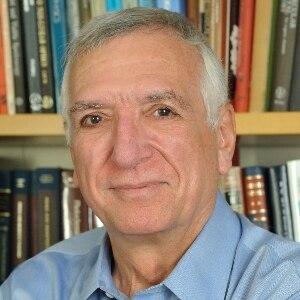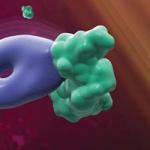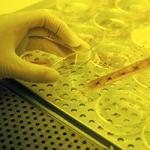
William A. Eaton, M.D., Ph.D.
NIH Distinguished Investigator
Biophysical Chemistry Section, Laboratory of Chemical Physics
NIDDK
Research Topics
The purpose of our research is to investigate the molecular pathogenesis of sickle cell disease and to discover new drugs to treat the disease.
Current Research
Current research is focused entirely on pathophysiology and drug discovery for sickle cell disease, as well as monitoring ex-vivo sickling in sickle cell patients on drug trials, gene therapy trials, and natural history studies in collaboration with NHLBI and NIAID hematologists. A highly-sensitive, pathophysiologically-relevant and high throughput assay has been developed to screen compounds for ant-sickling activity. The assay uses nitrogen deoxygenation to induce sickling and automated image analysis based on machine learning to detect the formation of sickle fibers in individual red cells. As a strategy for the most rapid path to bringing a drug to market, the first phase of the screen has been to test compounds that have already become approved drugs or have been tested in humans (Metaferia et al., PNAS 2022).
Applying our Research
Hydroxyurea, approved by the FDA in 1998, is the only successful anti-sickling drug that is currently used to treat sickle cell disease. It helps, but does not cure, about 50 percent of patients.
Need for Further Study
Current additional studies are screening a variety of large libraries of compounds, which, if anti-sickling, could then be tested in transgenic sickle mice.
Biography
- Chief, Laboratory of Chemical Physics, 1986-2021
- Scientific Director, Intramural AIDS Targeted Ant-viral Program (IATAP), 1986-2018
- Ph.D., University of Pennsylvania, 1967
- M.D., University of Pennsylvania, 1964
- B.A., University of Pennsylvania, 1959
Selected Publications
- Metaferia B, Cellmer T, Dunkelberger EB, Li Q, Henry ER, Hofrichter J, Staton D, Hsieh MM, Conrey AK, Tisdale JF, Chatterjee AK, Thein SL, Eaton WA. Phenotypic screening of the ReFRAME drug repurposing library to discover new drugs for treating sickle cell disease. Proc Natl Acad Sci U S A. 2022;119(40):e2210779119.
- Eaton WA, Bunn HF. Treating sickle cell disease by targeting HbS polymerization. Blood. 2017;129(20):2719-2726.
- Eaton WA. Hemoglobin S polymerization and sickle cell disease: A retrospective on the occasion of the 70th anniversary of Pauling's Science paper. Am J Hematol. 2020;95(2):205-211.
- Li Q, Henry ER, Hofrichter J, Smith JF, Cellmer T, Dunkelberger EB, Metaferia BB, Jones-Straehle S, Boutom S, Christoph GW, Wakefield TH, Link ME, Staton D, Vass ER, Miller JL, Hsieh MM, Tisdale JF, Eaton WA. Kinetic assay shows that increasing red cell volume could be a treatment for sickle cell disease. Proc Natl Acad Sci U S A. 2017;114(5):E689-E696.
- Tisdale JF, Thein SL, Eaton WA. Treating sickle cell anemia. Science. 2020;367(6483):1198-1199.
Related Scientific Focus Areas

Biomedical Engineering and Biophysics
View additional Principal Investigators in Biomedical Engineering and Biophysics



This page was last updated on Thursday, August 7, 2025